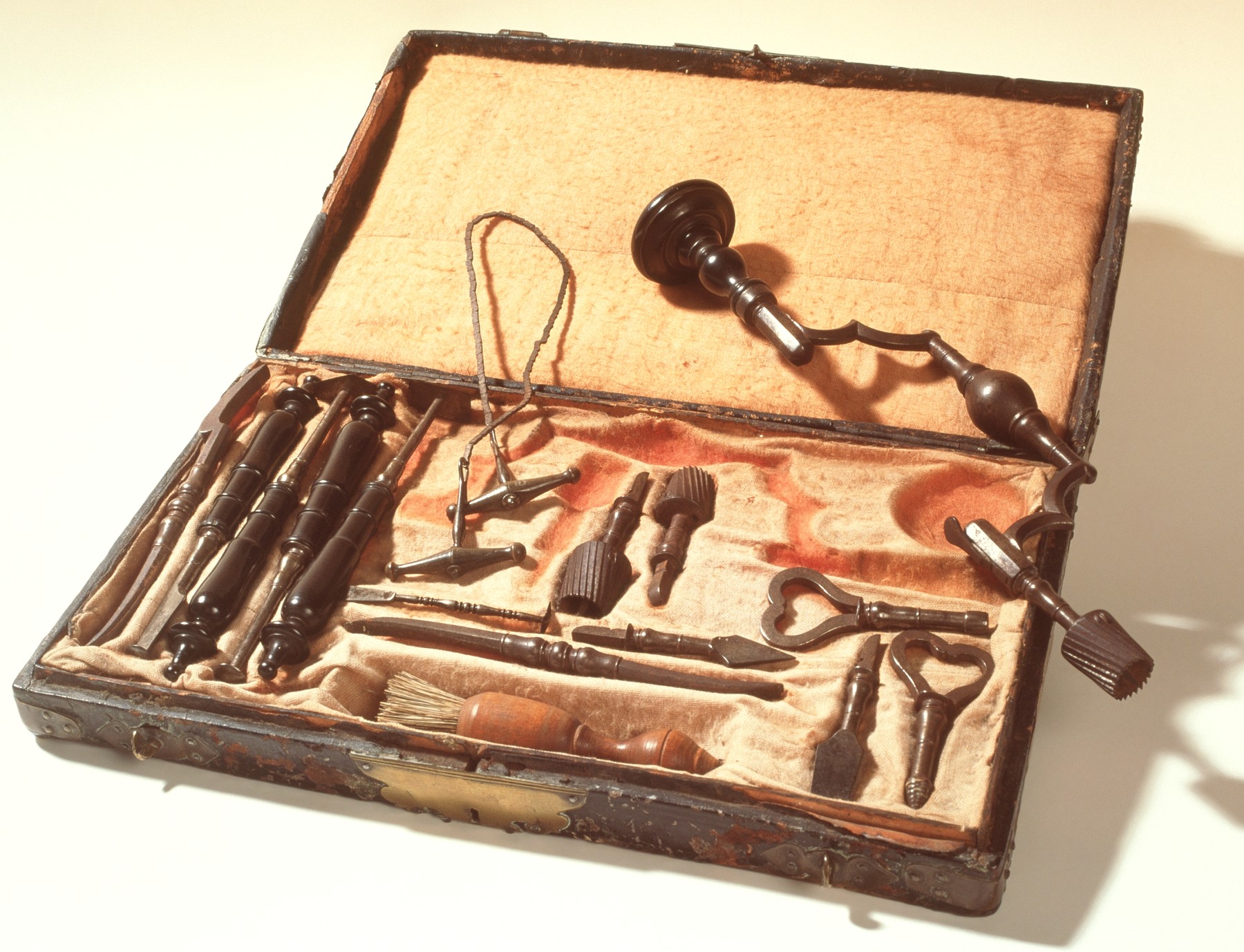Archaeologists have made an amazing discovery in southern Iraq, among the ruins of the ancient Sumerian city of Ur. During excavation, a 5,000-year-old skull with traces of trepanation was found. This procedure, in which a hole is drilled in the skull, was one of the most advanced techniques of ancient medicine.
The perforated skull belonged to a man in his 30s, who likely suffered a traumatic brain injury. The hole in the skull is smooth and round, indicating that the operation was performed by a skilled surgeon. Archaeologists believe that the purpose of trepanation was to relieve pressure in the damaged brain and save the patient's life.

The British politician stood naked in front of his rival. The situation shocked everyone
Read more…
Read more…
This discovery is not unique. The Negev was relatively common in ancient Mesopotamia. So far, archaeologists have found dozens of perforated skulls among the ruins of Sumerian, Akkadian, and Assyrian cities.
The development of Sumerian medicine
Negev ruins indicate that the ancient Sumerians had advanced medical science. They knew the anatomy of the brain and were able to perform complex surgical procedures.
The Sumerians didn't just use bone trepanning. Other medicinal techniques are also known, such as bandaging, wood burning and the use of herbs.

In ancient Egypt, dwarves had a special role, and important gods were regularly depicted as dwarves.
Read more…
Read more…
The importance of archaeological discoveries
Archaeological finds, such as perforated skulls, provide insight into this Ancient In Sumerian life and culture. These findings show that the Sumerians created an advanced civilization with advanced medicine.
Future research
Archaeologists continue their research into ancient Sumerian medicine. They hope that future research will reveal more about the medical techniques and knowledge of the Sumerians.
This wonderful discovery provides additional evidence of the development of the ancient Sumerians. The perforated skull indicates that the Sumerians had advanced medical science and were capable of performing complex surgeries.
source: History of science












































